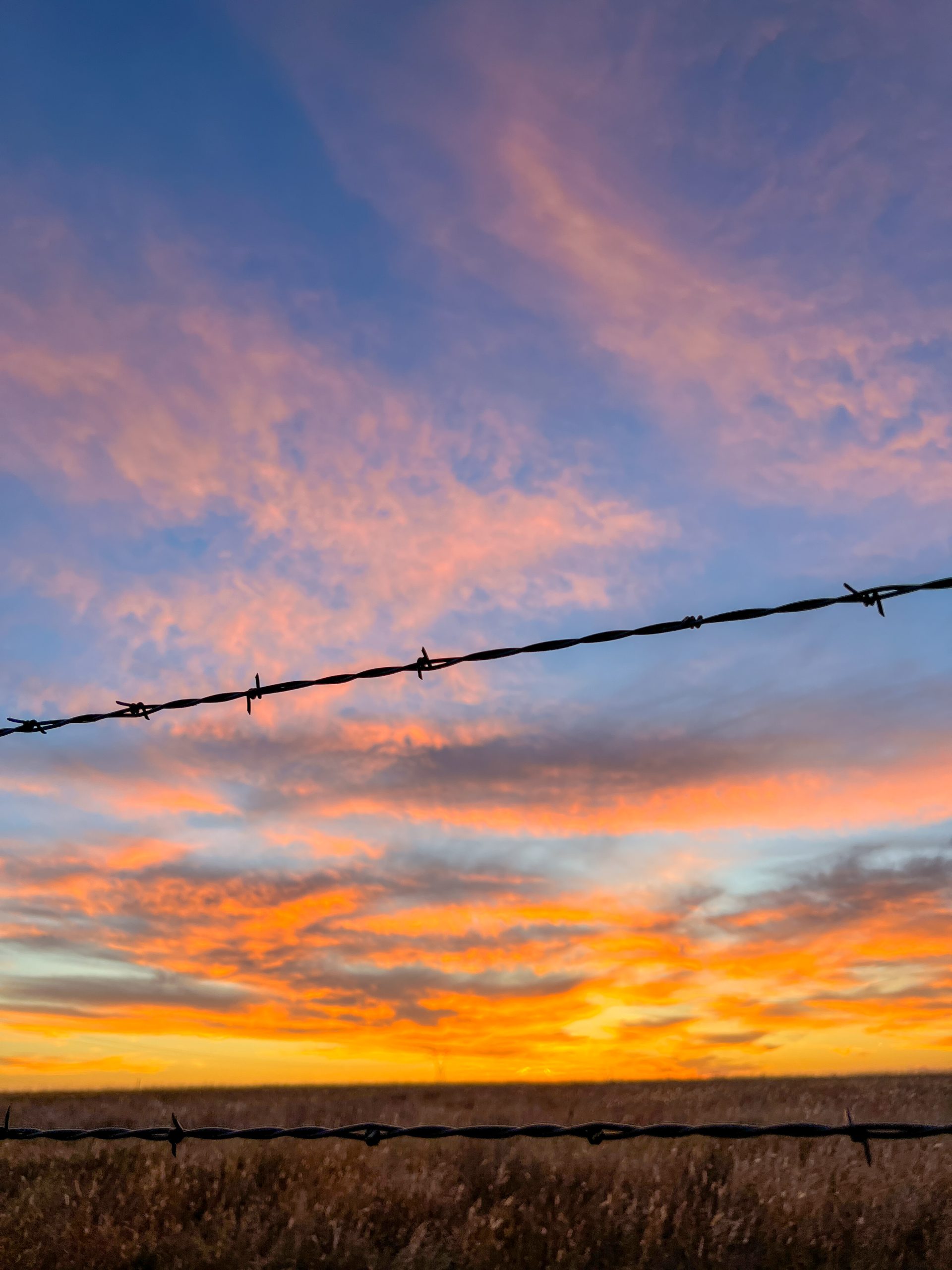The other day on the way to school, my youngest boy asked why it was so dark. I tried my best to explain how the days are getting shorter now that it’s fall. Then I told him the time changes on Nov. 5 and it’ll be light in the morning on the way to school and dang near dark when we get home.
The end of daylight saving time is my least favorite time of year. And if we’re going to be honest, the longest day of the year during the summer is one of my least favorite too. Because I know in a few short months, the days will be shortened and the nights of being out until a 9 p.m., sunset are going to come to an end.
According to the Bureau of Transportation Statistics, Daylight Saving Time was enacted as a legal requirement by the Uniform Time Act of 1966. However, there is a little bit more to it. In 1883, time zones were first established as prior to that there were more than 144 local times in North America. With the advent of railroads criss-crossing the country the more than a hundred time zones made scheduling difficult. The railroads began operating a four time zone system in 1883.
By 1918, the Interstate Commerce Commission was given the power to address coordination concerns between transportation agencies. That year, five time zones were officially adopted—Eastern, Central, Mountain, Pacific, and Alaska zones—all of which are still in use today. After World War II, coordination among all transportation modes became increasingly important. By 1966, the Department of Transportation was created by Congress and they had “the responsibility of regulating, fostering and promoting widespread and uniform adoption and observance of standard time” according to the BTS website.
Farmer’s have normally gotten the brunt of the wrath over DST. Many say it was so they had more daylight hours to get their work done, when in reality it was actually the scheduling of planes, trains and other transportation. Farmers and ranchers are out of bed when they need to be. My dear, sweet husband has woken me up more than once with is before decent alarms in order to go gather cattle or get to a branding on time.
I know for me, someone who works in an office the majority of the time, having longer daylight at the end of the day makes working away from home a little more bearable. Especially if the daylight lasts past the kids’ bedtime! When I used to have a horse to ride this time of year proved challenging. I’d race home to beat the fleeting daylight and try to get in ride before it was completely dark. More than once I unsaddled my horse in the moonlight.
The lack of evening daylight also hinders my ability to get anything done. When its dark at 5 p.m., it already feels like it’s time to do evening chores, make supper and go to bed. But looking at the clock as I sit down in my recliner, it’s only 8 p.m.
Love it or hate it? Which do you prefer, daylight saving time or not?

